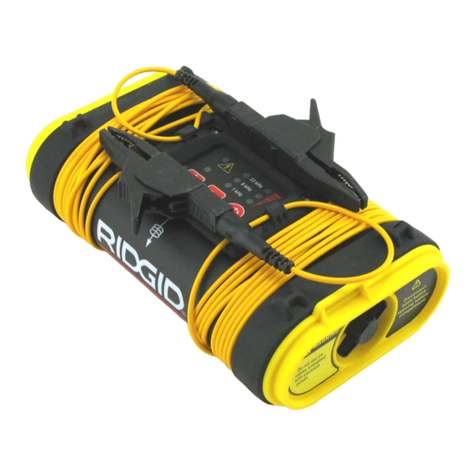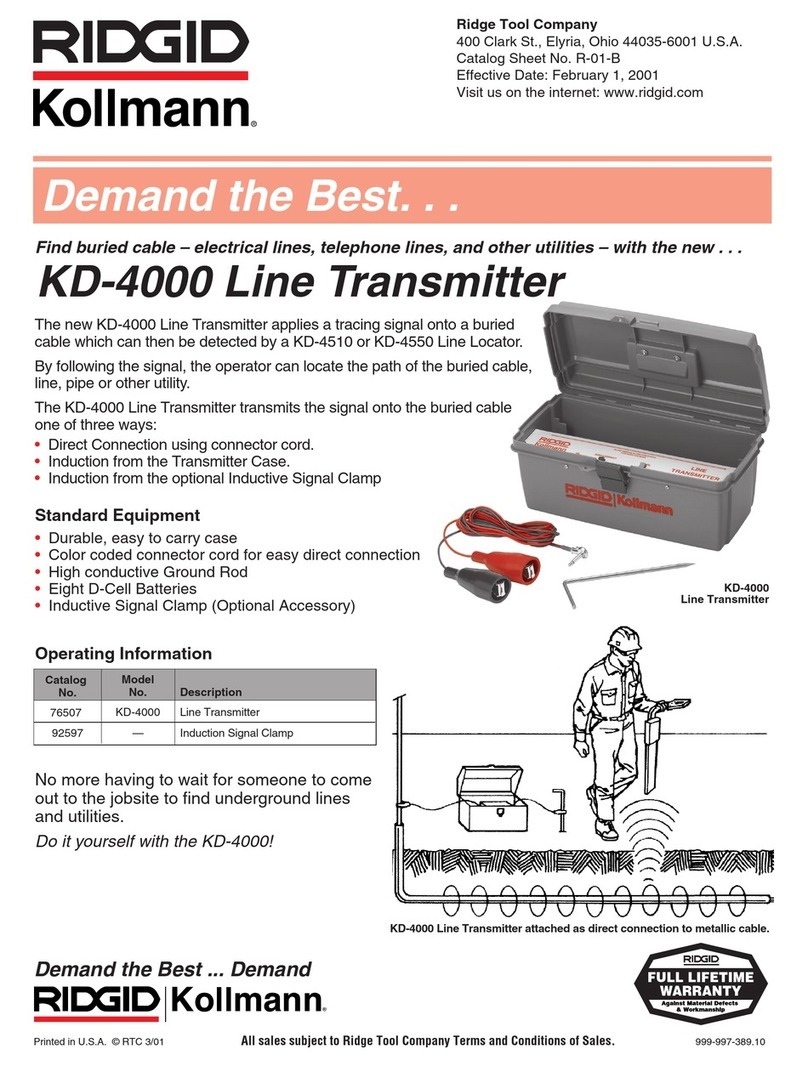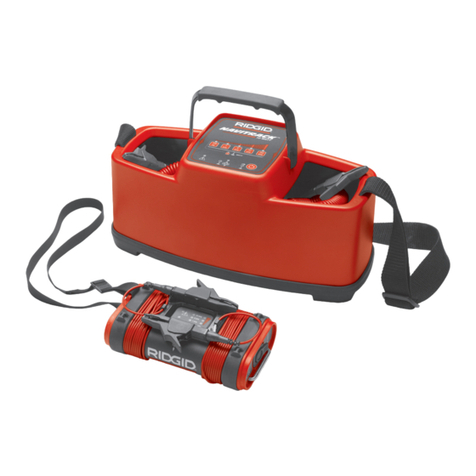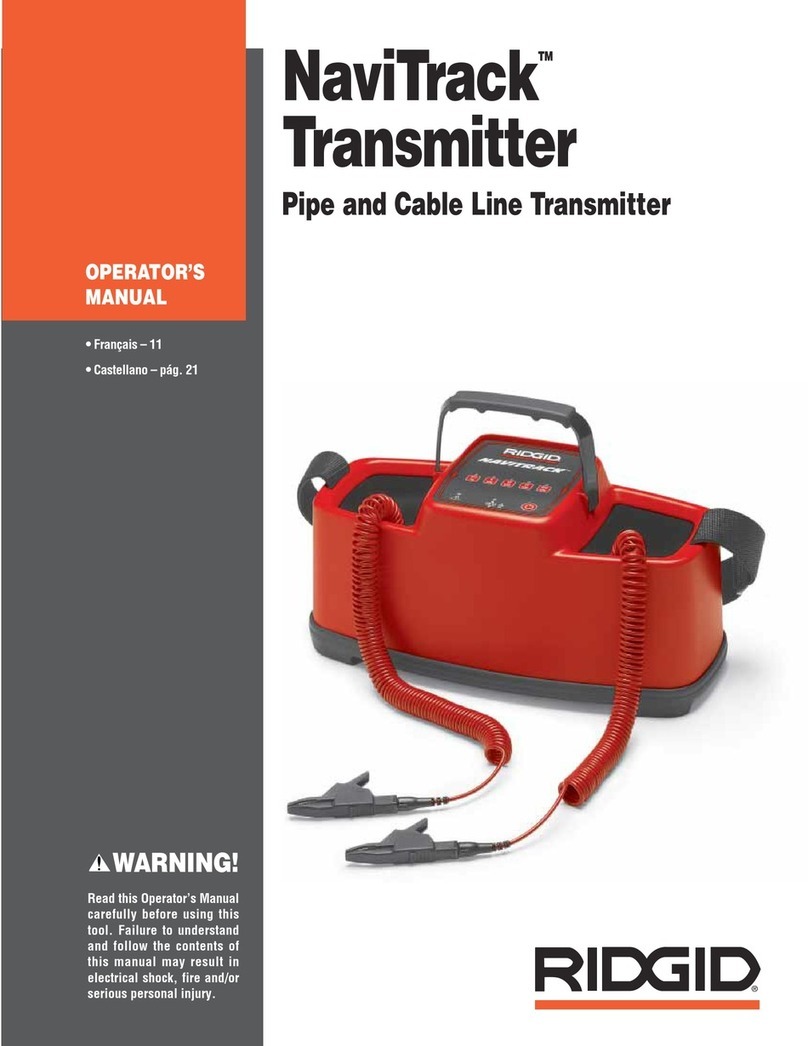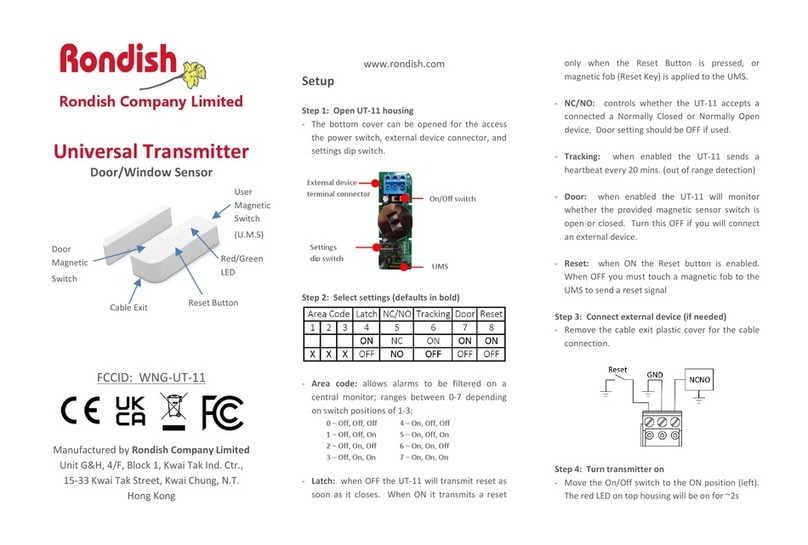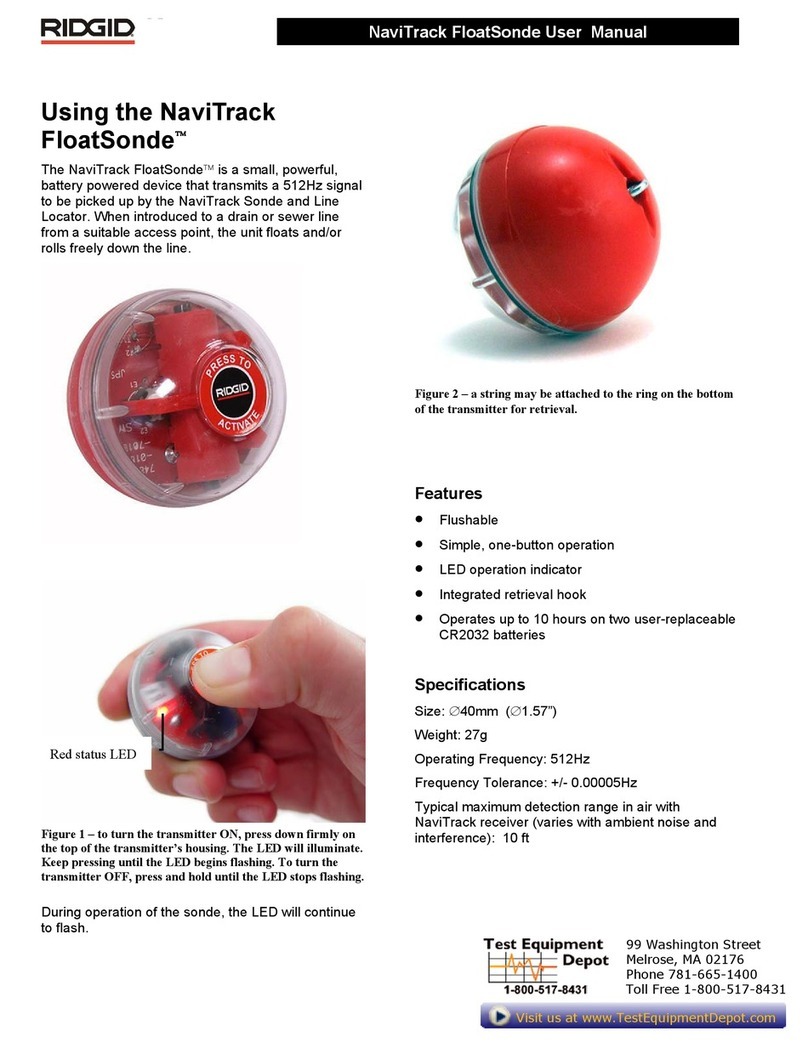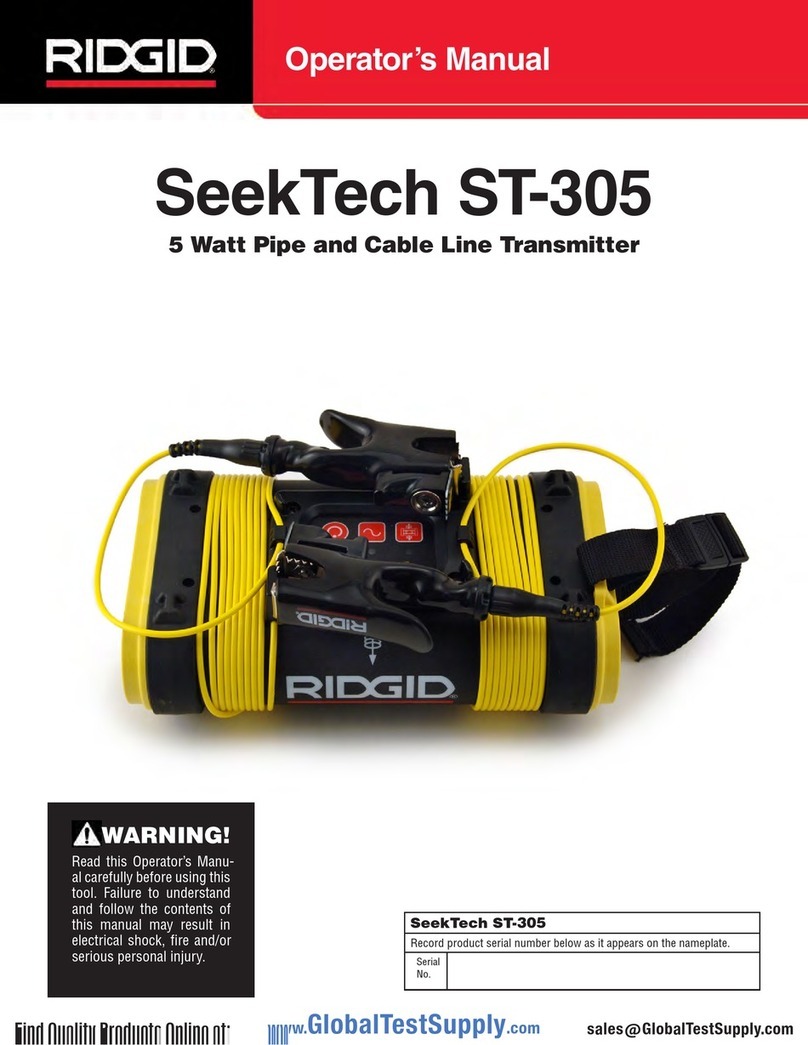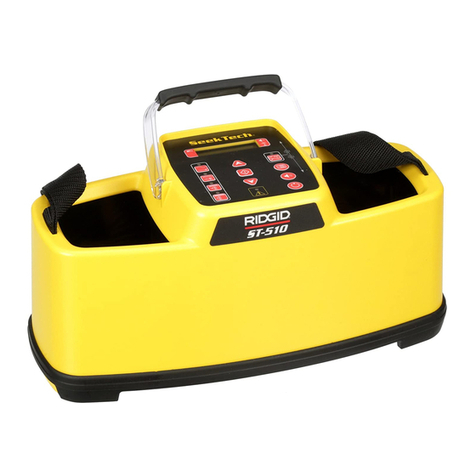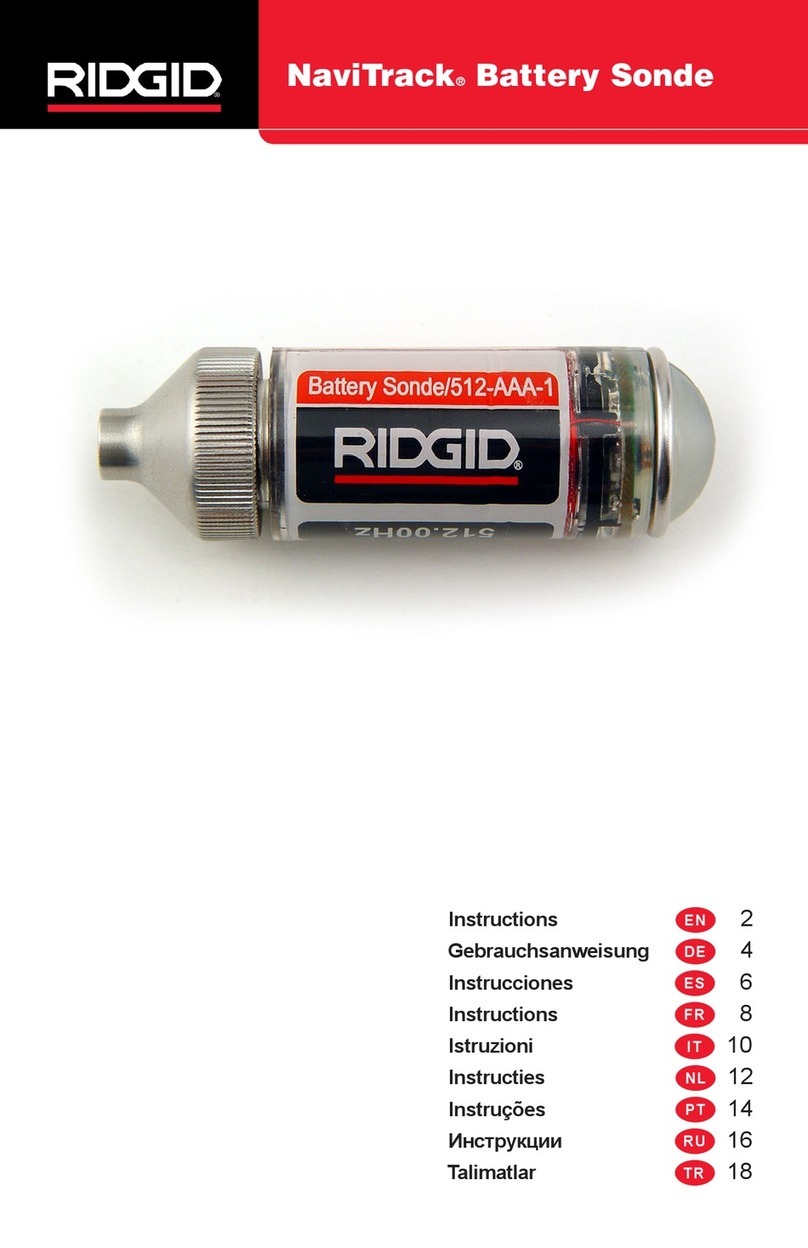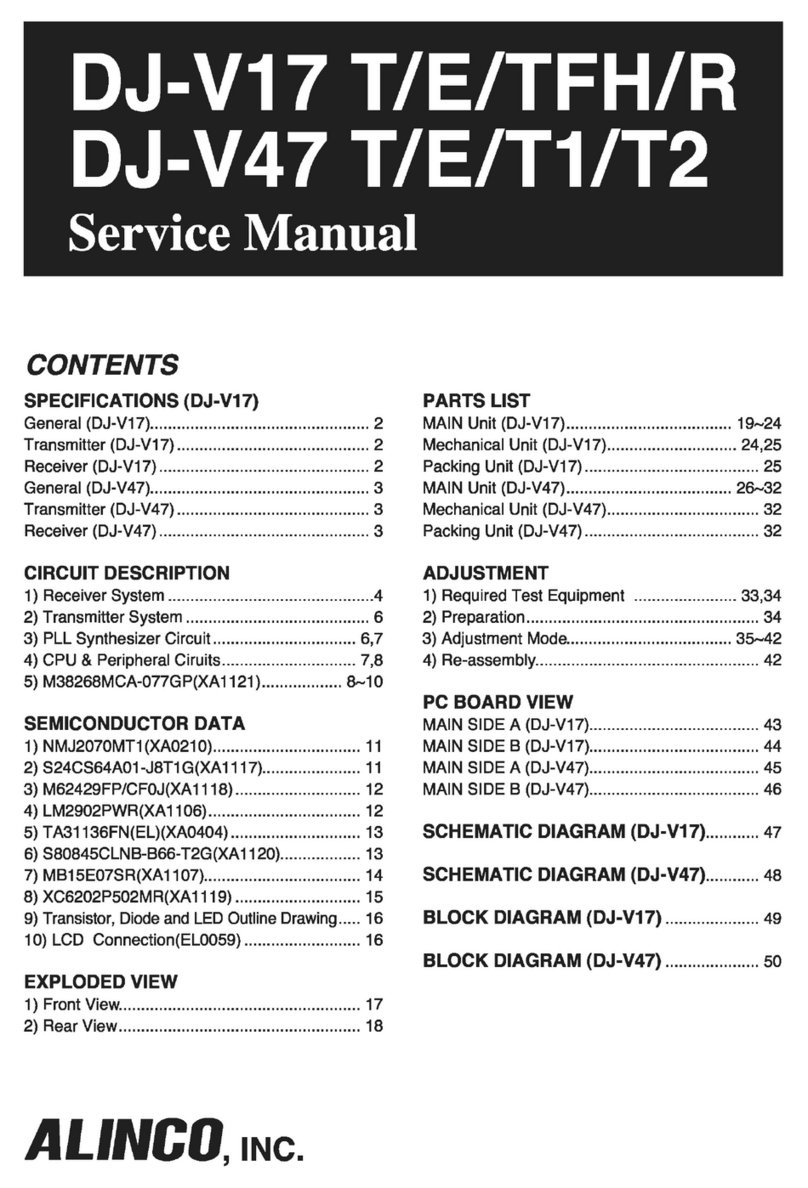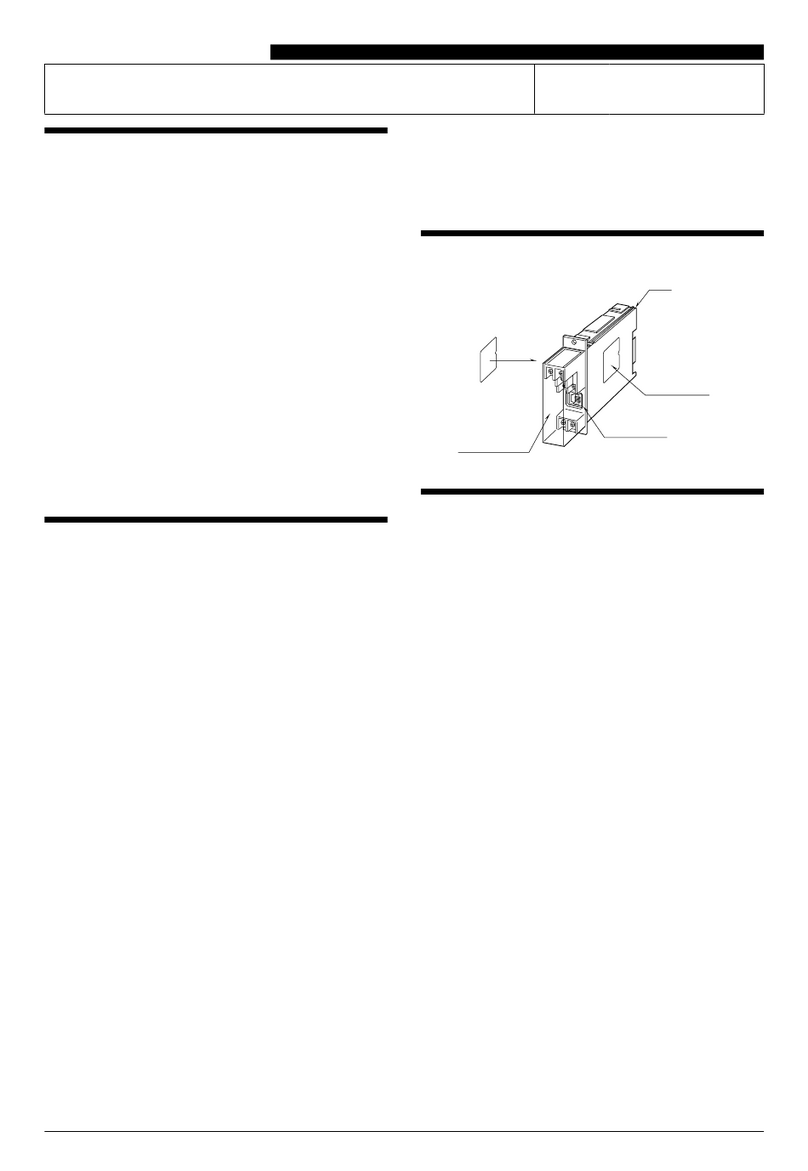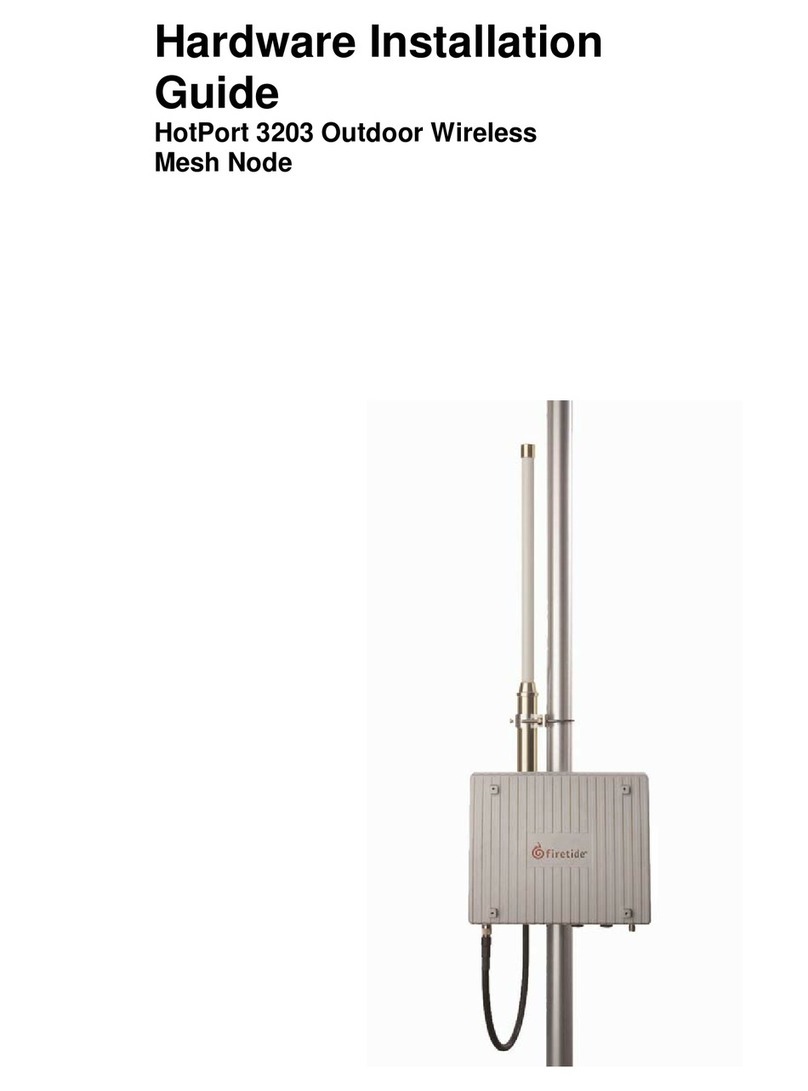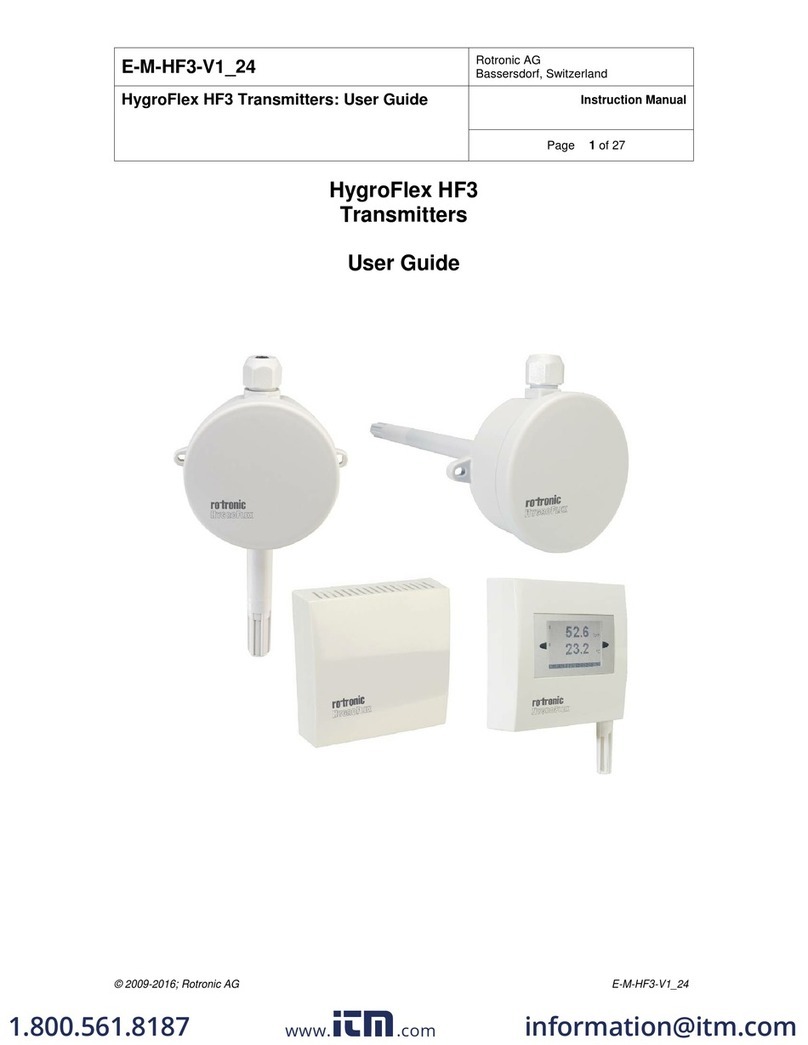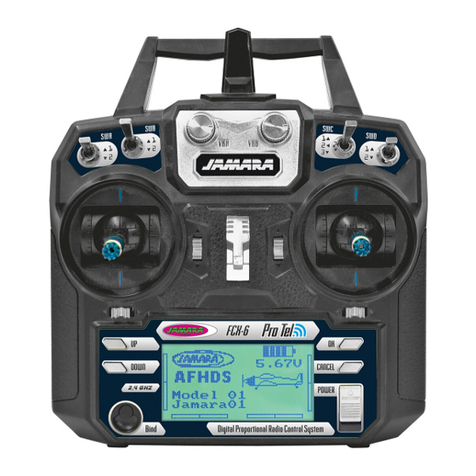
ST-305/R – English – 5
Equipment Use and Care
• Do not force equipment. Use the correct
equipment for your application.The correct
equipment will do the job better and safer
at the rate for which it is designed.
• Do not use equipment if the power
switch does not turn it on and off. Any
equipment that cannot be controlled with
the power switch is dangerous and must
be repaired.
• Disconnect the plug from the power
source and/or the battery pack from the
equipment before making adjustments,
changing accessories, or storing. Pre-
ventive safety measures reduce the risk
of injury.
• Store idle equipment out of the reach
of children and do not allow persons
unfamiliar with the equipment or these
instructions to operate the equipment.
Equipment can be dangerous in the hands
of untrained users.
• Maintain equipment. Check for misalign-
ment or binding of moving parts, missing
parts, breakage of parts, and any other
condition that may affect the equipment’s
operation. If damaged, have the equip-
ment repaired before use. Many accidents
are caused by poorly maintained equip-
ment.
• Use the equipment and accessories
in accordance with these instructions;
taking into account the working con-
ditions and the work to be performed.
Use of the equipment for operations differ-
ent from those intended could result in a
hazardous situation.
• Use only accessories that are recom-
mended by the manufacturer for your
equipment. Accessories that may be suit-
able for one piece of equipment may be-
come hazardous when used with other
equipment.
• Keep handles dry, clean, and free from
oil and grease. This allows for better con-
trol of the equipment.
Battery Use and Care
• Use equipment only with specifically
designated battery packs. Use of any
other battery packs may create a risk of in-
jury and fire.
• Recharge only with the charger speci-
fied by the manufacturer. A charger suit-
able for one type of battery pack may cre-
ate a risk of fire when used with another
battery pack.
• Do not probe battery with conduc-
tive objects. Shorting of battery termi-
nals may cause sparks, burns, or electri-
cal shock. When the battery pack is not in
use, keep it away from other metal objects,
like paper clips, coins, keys, nails, screws
or other small metal objects that can make
a connection from one terminal to anoth-
er. Shorting the battery terminals together
may cause burns or a fire.
• Under abusive conditions, liquid may
eject from battery; avoid contact. If con-
tact occurs, flush with water. If liquid con-
tacts eyes, seek medical help. Liquid eject-
ed from the battery may cause irritation or
burns.
• Do not cover charger while in use. Prop-
er ventilation is required for correct opera-
tion. Covering charger in use could result
in fire.
• Use and store batteries and chargers
in dry, appropriate temperature areas.
Extreme temperatures and moisture can
damage batteries and result in leakage,
electrical shock, fire or burns.
• Properly dispose of batteries. Exposure
to high temperatures can cause the batter-
ies to explode; do not dispose of in a fire.
Some countries have regulations concern-
ing battery disposal. Follow all applicable
regulations.
• See the Battery and Battery Charger
Operator’s Manual for additional infor-
mation.

